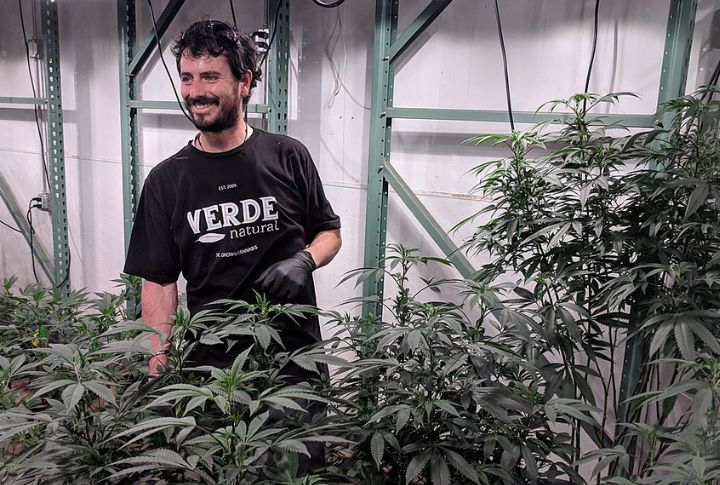
They look harmless, even beautiful, but beneath the petals and leaves lie toxins, invasions, and centuries of controversy. Across the U.S., these plants have been banned for reasons ranging from public safety to environmental chaos. Dig in to uncover the fascinating stories behind the world’s most forbidden flora.
Marijuana (Cannabis Sativa)
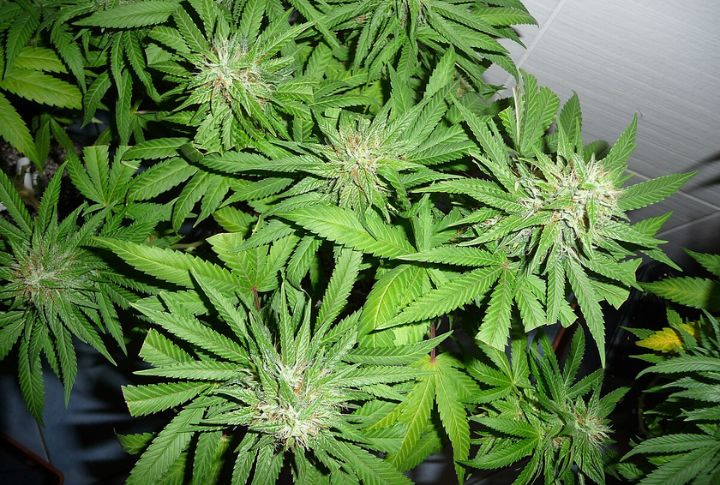
Since being labeled a Schedule I drug in 1970, cannabis has gone from taboo to trend. While it’s still federally banned, states have carved their own paths—38 allow medical use, 24 permit recreational. Then came the 2018 Farm Bill, flipping the script by legalizing hemp with 0.3% THC or less.
Opium Poppy (Papaver Somniferum)
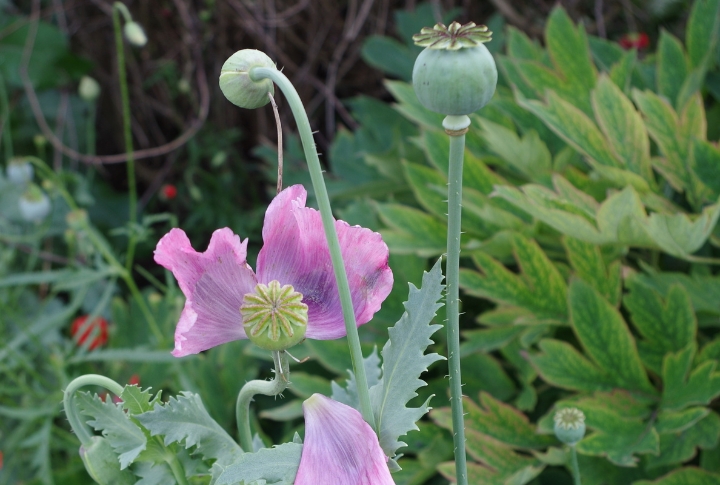
Once hailed as the ancient Sumerians’ “plant of joy,” this poppy has soothed pain for over 5,000 years. Its alkaloids revolutionized medicine, yet the plant remains tightly controlled in the U.S. Ironically, while cultivation demands a license, its harmless seeds still freely season your morning bagel.
Peyote Cactus (Lophophora Williamsii)
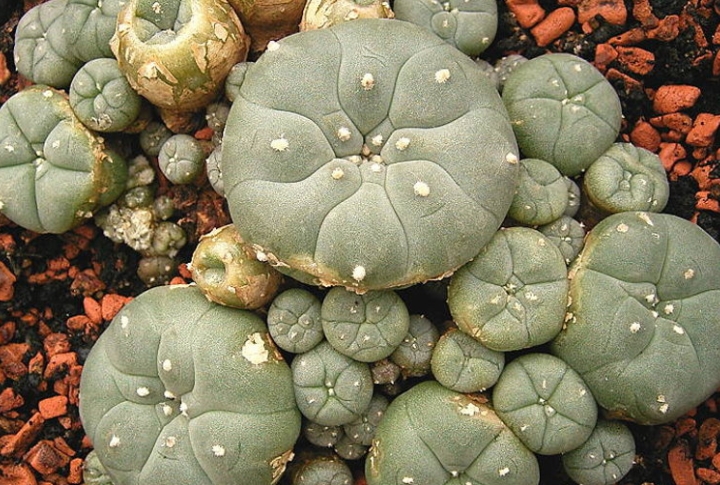
Though federally banned, peyote enjoys a sacred exception for the Native American Church, which honors centuries of spiritual tradition. This balance between reverence and restriction protects a plant that takes up to 15 years to mature.
Kudzu (Pueraria Montana)
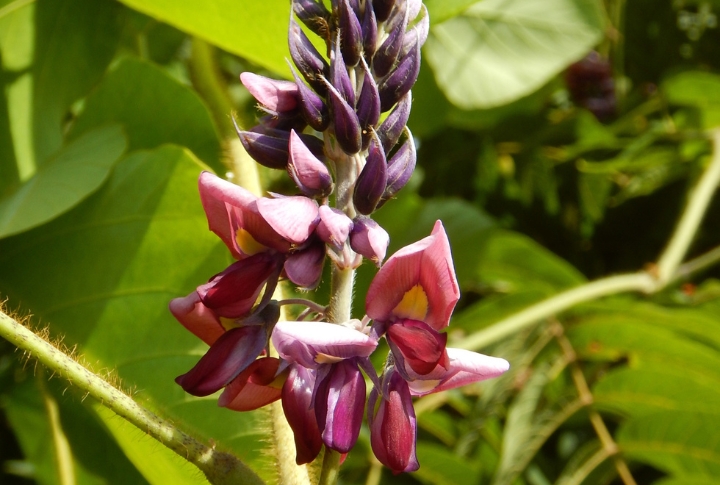
It grows a foot a day until it turns into nature’s takeover artist. Originally imported from Asia to stop erosion, kudzu now smothers everything in sight, from trees to telephone poles. Its relentless spread has earned it bans and a notorious USDA title: noxious weed.
Giant Hogweed (Heracleum Mantegazzianum)
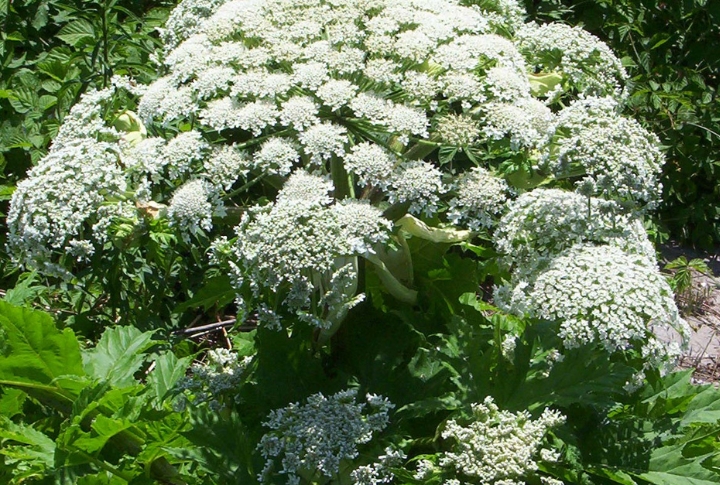
This plant’s beauty hides pure danger. Giant hogweed towers 14 feet tall and flaunts huge white blooms while secreting sap that causes severe burns and even blindness. With the power to overrun native species, it’s no surprise the U.S. enforces strict eradication.
Purple Loosestrife (Lythrum Salicaria)
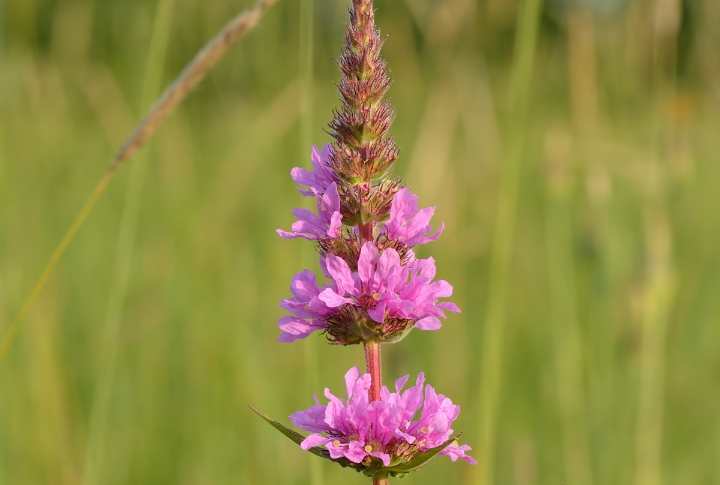
It looks stunning in bloom, but don’t be fooled. Purple loosestrife turned wetlands into wastelands by outcompeting native plants with 2.7 million seeds a year. Once a prized European garden addition, it’s now banned in many states as it can become an environmental villain.
Japanese Knotweed (Fallopia Japonica)
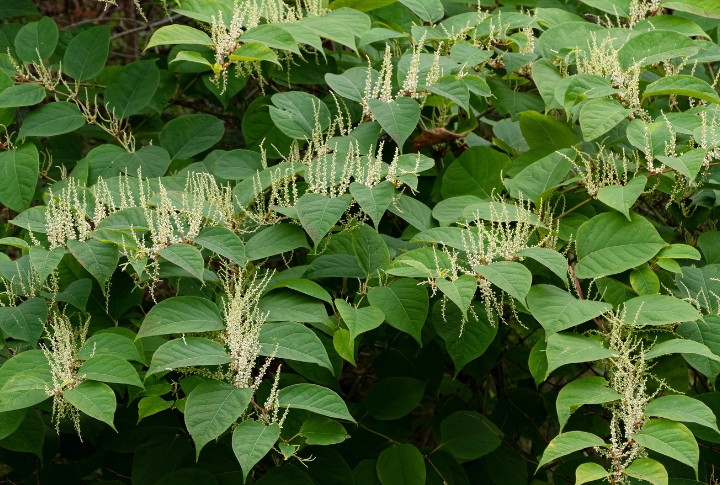
Japanese knotweed may taste like rhubarb, but beneath the surface lies a demolition expert. Its roots can crack concrete and destroy foundations, which led to its ban across the U.S. What began as a culinary curiosity now wreaks havoc on everything from gardens to roadways.
Japanese barberry (Berberis Thunbergii)
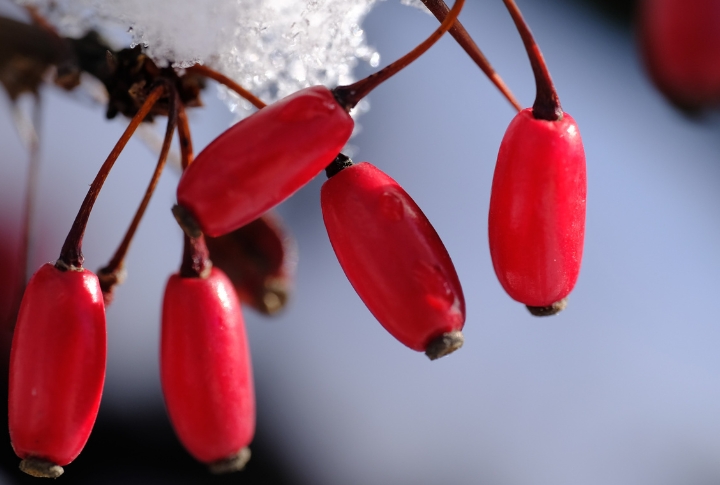
Once prized for its vibrant colors and ornamental flair, Japanese barberry quickly revealed its darker side. Birds dispersed the seeds far beyond gardens, transforming forests into dense, tick-filled tangles. The result? A once-beloved plant that became so invasive, multiple states finally outlawed it to stop the spread.
Garlic mustard (Alliaria Petiolata)
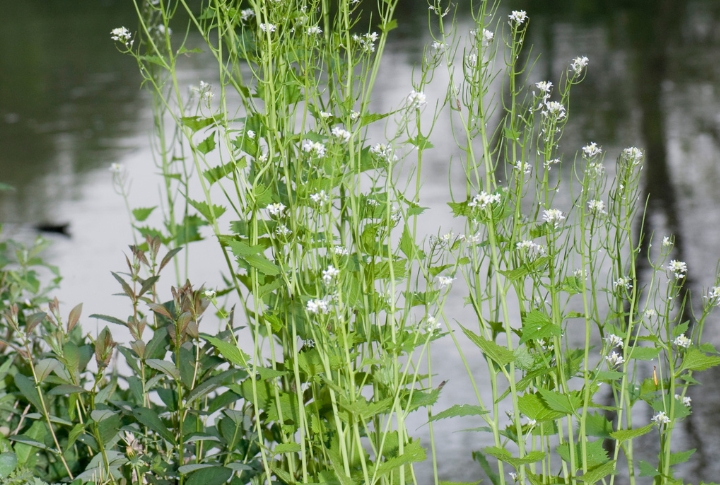
At first sniff, garlic mustard seems like a friendly kitchen herb. Yet it’s a ruthless invader that releases toxins that stunt native plants while stealing their space. Beneath its garlicky charm lies a botanical bully so destructive that states now strictly forbid its cultivation or sale.
Sorghum Halepense (johnsongrass)
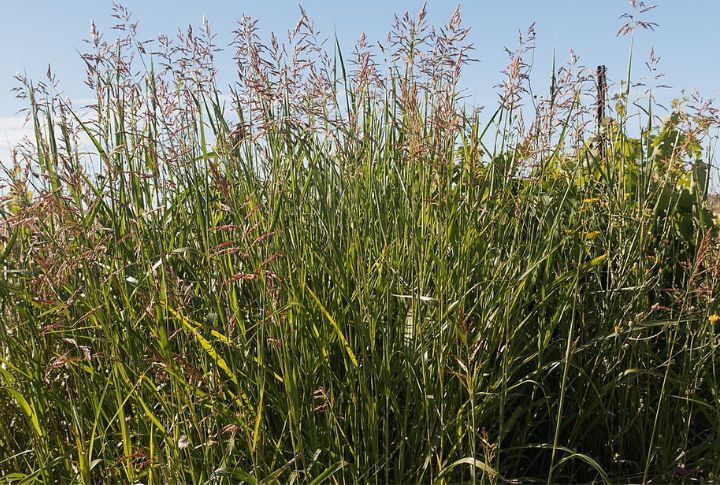
Beneath its unassuming grass-like appearance lurks a botanical double agent armed with deadly cyanogenic compounds. This seven-foot titan of the plant world has parlayed its 1800s arrival as a promising forage crop into a notorious reign, earning “most unwanted” status on noxious weed lists while methodically invading America’s croplands.

